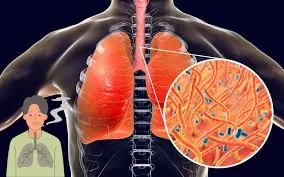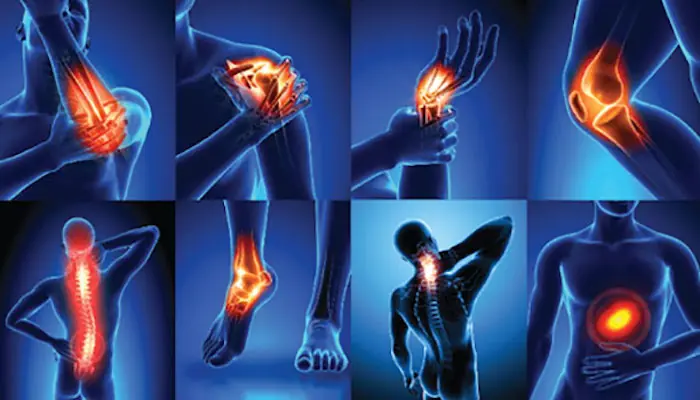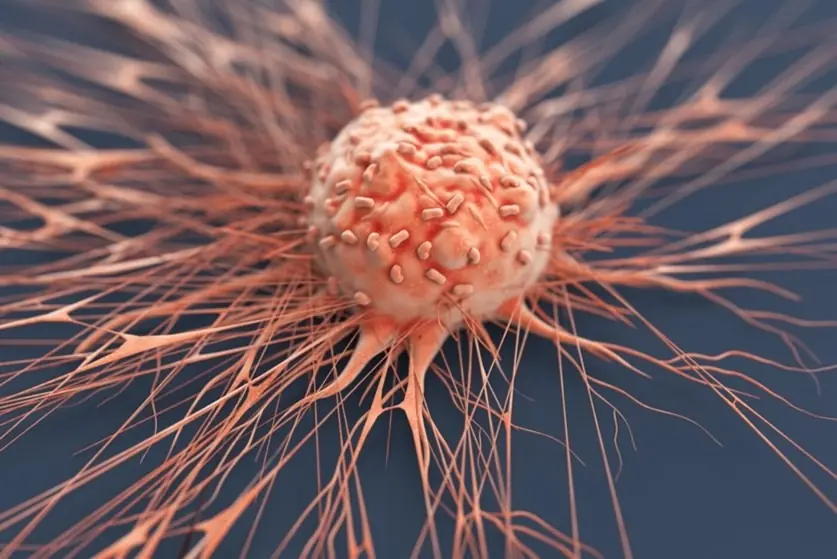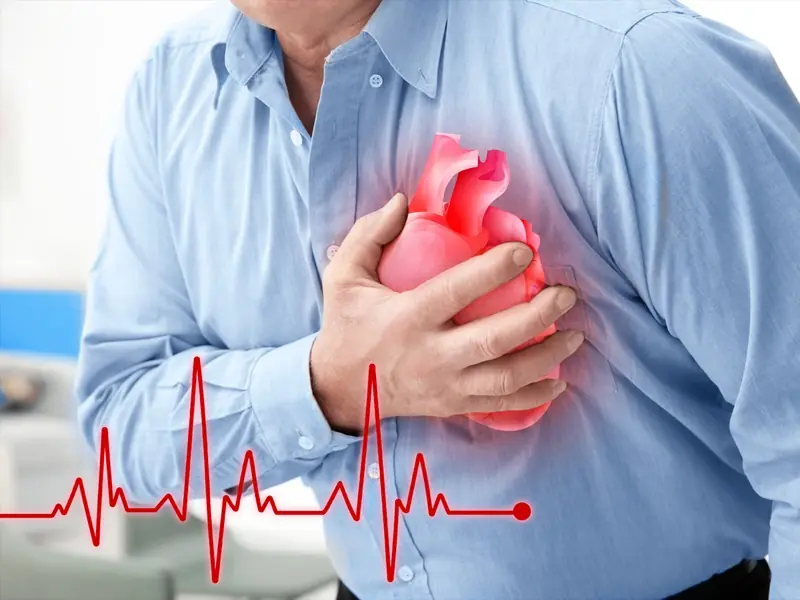
Aneurysm: Signs You Shouldn't Ignore
An aneurysm is a serious medical condition that occurs when the wall of a blood vessel becomes weakened and bulges outward, forming a balloon-like structure. If left untreated, an aneurysm can rupture, leading to life-threatening internal bleeding. While aneurysms can develop in any blood vessel in the body, they most commonly occur in the brain (cerebral aneurysms), the aorta (aortic aneurysms), and arteries behind the knees or in the spleen. Early detection is critical, as many aneurysms are asymptomatic until they grow large or burst. Knowing the warning signs could save your life or the life of someone you love.
One of the most dangerous aspects of an aneurysm is that it often develops silently. Many people are unaware that they have an aneurysm because it typically doesn’t cause symptoms in its early stages. However, when symptoms do appear, they should never be ignored. For instance, a sudden, severe headache is a classic sign of a ruptured brain aneurysm. Often described as the "worst headache of your life," this symptom may be accompanied by nausea, vomiting, blurred vision, or even loss of consciousness. If someone experiences this type of headache, they need emergency medical attention immediately.
In the case of an aortic aneurysm, which affects the large artery that carries blood from the heart to the rest of the body, symptoms may include a deep, constant pain in the chest, back, or abdomen. Some people report a pulsating sensation in the abdomen, which may be felt upon touch. If the aneurysm ruptures, it can cause sudden and severe pain, a drop in blood pressure, and signs of shock. This is a medical emergency with a high risk of death if not treated promptly.
For peripheral aneurysms, such as those that occur behind the knee or in the arms, symptoms may include pain, swelling, or a noticeable lump in the affected area. If a clot forms in the aneurysm, it can block blood flow and cause symptoms like coldness, numbness, or weakness in the limb.
Risk factors for aneurysms include high blood pressure, smoking, family history, older age, and certain medical conditions such as atherosclerosis or polycystic kidney disease. People who fall into high-risk categories should be particularly vigilant about screening and monitoring, especially if they have a family history of aneurysms or vascular disease.
Fortunately, modern medicine provides several tools for detecting aneurysms before they rupture. Imaging tests such as CT scans, MRI, and ultrasounds can identify aneurysms, even when no symptoms are present. For individuals at higher risk, doctors may recommend routine screenings to catch aneurysms early and monitor their size over time.
Treatment options depend on the size, location, and risk of rupture. Small aneurysms may just be observed with regular imaging and lifestyle changes, such as managing blood pressure and quitting smoking. Larger or high-risk aneurysms may require surgical intervention, either through open surgery or minimally invasive procedures like endovascular coiling or stent grafting.
In conclusion, aneurysms are silent threats that can become deadly if not addressed. Recognizing early warning signs—like sudden severe headaches, abdominal pain, or unusual swelling—can lead to timely diagnosis and treatment. Even in the absence of symptoms, people at risk should consult their doctors about screening. Awareness, prevention, and early intervention are key to reducing the dangers of aneurysms. When it comes to your health, it's always better to act early than to wait for an emergency.
News in the same category


3 Signs Your Parent May Be Nearing the End of Life — How to Prepare for What’s Ahead

The science behind eye ‘sleep:’ What that crust really is

How to Naturally Clear Phlegm and Mucus from Chest and Throat

Chewing Cloves Daily: A Tiny Habit with Massive Health Benefits

Sida Acuta: The Powerful Herb You Never Knew You Needed

Taco Macaroni and Cheese

Chocolate Chip Cookie Dough Brownie Bombs

What This Oncologist Notices First in Most Cancer Patients Might Surprise You

Cowboy Butter Chicken Pasta: A Flavorful Twist on a Classic Dish!

Homemade Greek Vinaigrette – Instructions

creamy-strawberry-apple-punch

No-Bake Turtle Mini Cheesecakes

This is What Measles Does to Your Body

Medicinal Health Benefits of Garlic (Raw, Supplement) – Science Based

Seven Types of Pain You should Never Ignore

The Best Natural Gout Treatments: Remove Uric Acid Crystallization To Prevent Gout And Joint Pain

Cancer Hospital Warning: Eating This Type of Meat Daily Can Increase Cancer Risk – Don’t Be Complacent!

8 Diseases Parents Can Pass On to Their Children: If You're Free from Them, Congratulations on a Healthy Next Generation
News Post

5 Common Food and Drinks That Can Be Just as Bad for Your Liver as Alcohol

3 Signs Your Parent May Be Nearing the End of Life — How to Prepare for What’s Ahead

The science behind eye ‘sleep:’ What that crust really is

They will disappear in 1 minute! ❗️ 100-year-old recipe from my favorite grandmother!

How to Naturally Clear Phlegm and Mucus from Chest and Throat

Skillet Beef Stroganoff Tortellini in Creamy Sauce 🍝🍖🧄🌿

Chewing Cloves Daily: A Tiny Habit with Massive Health Benefits

Sida Acuta: The Powerful Herb You Never Knew You Needed

Taco Macaroni and Cheese

Chocolate Chip Cookie Dough Brownie Bombs

What This Oncologist Notices First in Most Cancer Patients Might Surprise You

Cowboy Butter Chicken Pasta: A Flavorful Twist on a Classic Dish!

Homemade Greek Vinaigrette – Instructions

creamy-strawberry-apple-punch

No-Bake Turtle Mini Cheesecakes

This is What Measles Does to Your Body

My Brother's Fiancée Demanded Our Family's Inheritance for Her Kids — I Said Yes, Then Asked One Question That Shut Her Down

I Walked Out of My Own Birthday Dinner in Tears from Humiliation After My Fiancé's 'Surprise'

